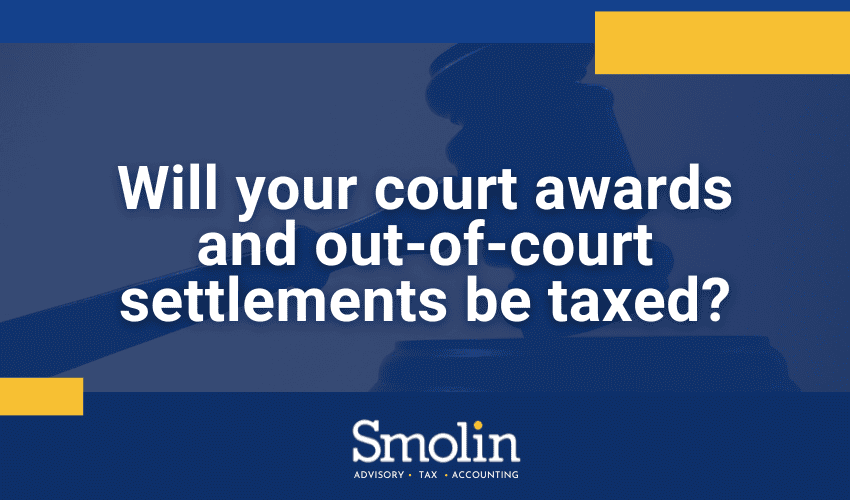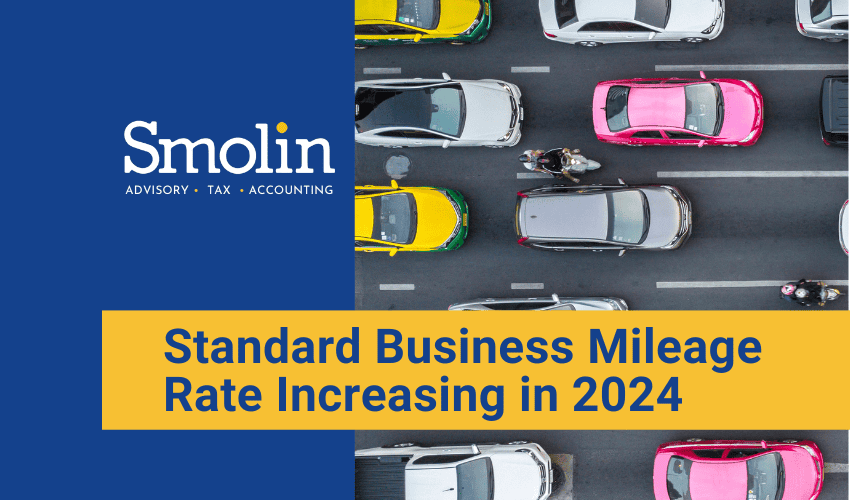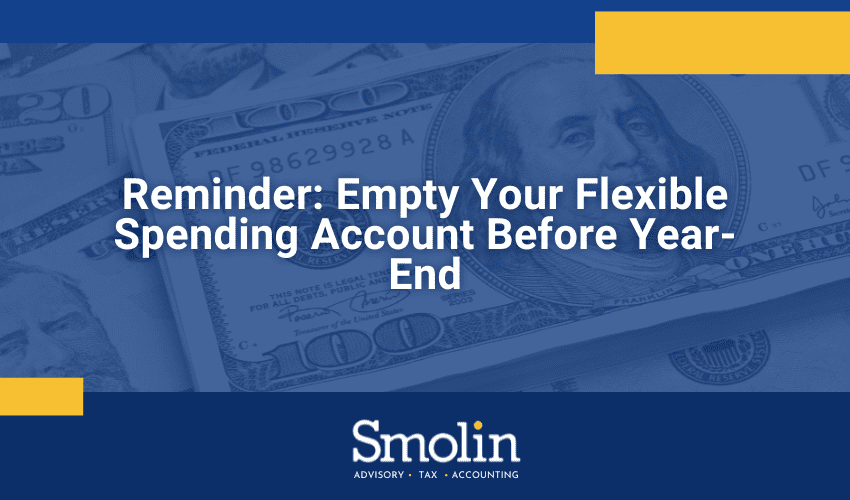Warehousing, salaries, insurance, taxes, transportation…. And don’t forget depreciation and shrinkage! Carrying significant inventory on your business’s balance sheet can be costly. Not to mention, when working capital is tied up in inventory, your business’s other strategic investment opportunities become limited.
Managing your inventory more effectively reduces these costs, improving profits and increasing operating cash flow.
Let’s take a look at two ways to get there.
Highlights of the Just-In-Time (JIT) method
Like the name implies, Just-In-Time (JIT) inventory management centers on timely deliveries of raw materials. By shipping them to arrive just prior to when you need them, you’ll have a lower inventory on hand. High production responsiveness and greater flexibility are two benefits of this approach.
Smaller lot sizes
Smaller lot sizes make it easier to meet changes in market demand and decrease inventory cycle time, pipeline inventory, and lead times. Maintaining a consistent workload on the production system becomes much more achievable.
Tighter set-up times
The smaller lot sizes discussed above are directly associated with reducing set-up times and associated costs. Worth noting: you’ll likely change products less often if your company is inefficient on machine setups.
Flexibility
The ability to reassign tasks during bottlenecks or unplanned spikes in demand is crucial to succeeding with this inventory management system.
Close supplier relationships
Supplier relationships are critical with the JIT approach, since on-time deliveries of high-quality materials are frequently needed. This is supported by establishing long-term relationships with suppliers, which can bring the added benefits of loyalty and higher-quality goods.
Regular maintenance schedules
Unplanned downtime can wreak havoc with this approach. Preventive maintenance is key to keeping productions and shipments running smoothly, especially for companies with a high degree of automation.
Quality control
Quality is considered from the start with JIT systems. Production workers are responsible for their own work. Defective units are returned to the area where the defect occurred. As a result, employee accountability—and empowerment—are high.
Key elements of the accurate response method
Forecasting, planning, and production are key tenets of accurate response inventory management systems. This approach features flexible processes and shorter cycle times, which allows for a better match between supply and demand.
Since the supply chain process is sped up, management may delay decisions regarding raw materials when needed, based on a need to obtain more market information or determine production requirements.
Overall performance
With accurate response inventory management, you measure the cost per unit of stockouts and markdowns. This information is then incorporated into the overall evaluation of the company’s performance.
Can’t meet demand? Lost sales are factored into overall costs. This could justify increasing production to obtain and maintain customers.
Predictable and unpredictable products
Predictable products are manufactured further in advance to “reserve” capacity during the selling season for unpredictable products. This reduces the need to accumulate and pay for large inventories.
Questions? Smolin can help.
Incorporating these techniques can make a significant difference in your business’s efficiency by cutting operational capital needs, strengthening your balance sheet, and even improving cash flow.
If you’re wondering whether either of these systems makes good financial sense for your company, ask your Smolin accountant for more details.









